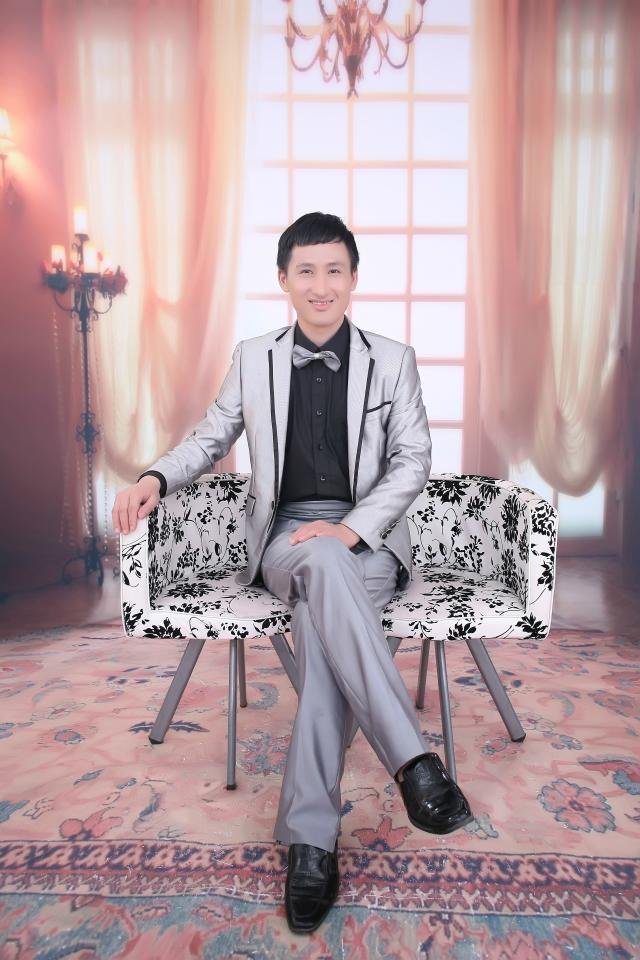Title: Integrating PVC Patches into Back Braces: A Fashionable and Functional Fusion
Introduction
In the realm of fashion and functional wear, the integration of unique design elements with practical apparel has never been more prevalent. One such innovative combination is the fusion of PVC patches onto back braces, commonly known as “Back Bests” or posture correctors. This article delves into the intricacies of this trend, exploring the materials, processes, aesthetic appeal, functional benefits, and the broader impact it has on the fashion and health industries. With approximately 3000 words, this comprehensive guide aims to illuminate every facet of PVC patches on back braces, offering insights for designers, manufacturers, and consumers alike.
Understanding PVC Patches
Polyvinyl Chloride (PVC) patches are versatile decorative elements widely used in apparel, accessories, and even home decor. Their popularity stems from a blend of durability, flexibility, and cost-effectiveness. PVC is a plastic material that can be molded, extruded, or calendared into various shapes and sizes, making it ideal for crafting intricate designs and patterns.
Materials and Composition
PVC patches typically consist of a few key layers:
- Backing Material: Often made of polyester or nylon, this layer provides structure and stability to the patch.
- PVC Film: The core component, PVC film is the decorative and protective layer. It can be printed with vibrant colors, textures, and designs using screen printing, digital printing, or heat transfer techniques.
- Adhesive Layer: For attachment purposes, an adhesive, such as acrylic or hot-melt glue, is applied to the back of the patch. This allows for easy and secure bonding to different surfaces, including fabric.
- Protective Film/Paper: Prior to application, a protective film or paper covers the adhesive to prevent premature sticking.
Properties and Advantages
PVC patches offer several advantages:
- Durability: Resistant to water, fading, and wear, PVC patches retain their color and shape over time.
- Flexibility: The material’s flexibility allows it to conform to various shapes and contours, making it suitable for application on curved surfaces like back braces.
- Cost-Effectiveness: Compared to other materials like leather or metal, PVC is more affordable while still delivering a high-quality appearance.
- Design Versatility: The ability to customize PVC patches with intricate designs, textures, and colors makes them an excellent choice for personalization and branding.
Designing PVC Patches for Back Braces
When designing PVC patches for integration into back braces, several factors must be considered to ensure both aesthetic appeal and functionality.
Size and Shape
The size and shape of the patch should complement the design of the back brace without compromising its effectiveness. For instance, smaller, discreet patches might be preferable for minimalist designs, while larger, more eye-catching patches can add a bold fashion element.
Color and Pattern
Color choice is crucial in creating a cohesive look. Coordinating patch colors with the brace’s fabric can create a seamless integration, while contrasting colors can add a pop of personality. Patterns, whether abstract, geometric, or thematic, can add depth and interest to the design.
Functionality
Beyond aesthetics, functionality is paramount. Patches should not interfere with the brace’s ability to support and correct posture. They should be positioned in areas that won’t restrict movement or cause discomfort.
Durability and Maintenance
Considering the wear and tear back braces endure, patches must be durable. Choosing high-quality PVC and ensuring proper adhesion can extend the lifespan of the product. Maintenance-wise, PVC patches are easy to clean, typically requiring only mild soap and water.
Production Processes
The production of PVC patches for back braces involves several steps, each crucial for achieving the desired outcome.
Design Conceptualization
The design process begins with conceptualization. Designers use software like Adobe Illustrator or Photoshop to create digital renderings of the patches. These designs are then refined based on client feedback and the practical considerations of the final application.
Material Selection
Once the design is finalized, the appropriate PVC film, backing material, and adhesive are selected. The choice of materials impacts the patch’s durability, flexibility, and appearance.
Manufacturing Techniques
PVC patches can be manufactured using various techniques:
- Cut and Sew: Involves cutting the patches to shape and then sewing them onto the brace. While labor-intensive, this method allows for precise placement and a secure attachment.
- Heat Sealing: Using heat, the PVC patch is fused directly onto the fabric of the back brace. This method is quick and cost-effective but may limit design flexibility.
- Adhesive Backing: Patches with adhesive backing can be applied like stickers, offering ease of application and removal. However, they may not be as durable as sewn-on or heat-sealed patches.
Quality Control
Quality control measures ensure that each patch meets the required standards. This includes checking for defects, ensuring accurate sizing and shaping, and verifying that the adhesive is strong and evenly applied.
Integrating PVC Patches onto Back Braces
With the patches ready, the next step is integrating them onto the back braces. This process requires precision and attention to detail to maintain the brace’s structural integrity and aesthetic appeal.
Preparation
Before applying the patches, the back brace should be thoroughly cleaned to remove any dirt, oil, or debris that could interfere with adhesion. The patches themselves should also be checked for any imperfections or debris that could compromise their bond.
Application Techniques
The chosen application method (cut and sew, heat seal, or adhesive) will dictate the specific steps involved.
- Cut and Sew: Patches are precisely cut to shape and then sewn onto the brace using industrial sewing machines. Thread color and stitch pattern can be customized for added detail.
- Heat Sealing: The brace and patches are positioned on a heat-sealing machine. Heat and pressure are applied, fusing the patch to the fabric. This method requires careful temperature control to avoid damaging the materials.
- Adhesive Application: The protective film or paper is removed from the patch’s adhesive layer. The patch is then pressed firmly onto the desired location on the brace, ensuring there are no bubbles or gaps.
Final Inspection
After application, a final inspection ensures that each patch is securely attached, correctly positioned, and free from defects. This quality check guarantees that the final product meets the customer’s expectations and performs as intended.
Aesthetic and Functional Benefits
The integration of PVC patches onto back braces offers a multitude of benefits, enhancing both the aesthetic appeal and functionality of the product.
Aesthetic Appeal
- Personalization: Customizable patches allow individuals to express their personality, interests, or support for a cause through their back braces.
- Branding: Businesses can use patches to promote their brand, creating a unique and memorable way to market their products.
- Fashion Statement: Vibrant colors, intricate designs, and eye-catching patterns can transform a medical device into a fashion accessory.
Functional Benefits
- Enhanced Visibility: Reflective or high-visibility patches can improve safety, particularly for users engaging in outdoor activities.
- Durability: PVC patches add an extra layer of protection to the brace, shielding it from wear and tear.
- Comfort: Properly designed and positioned patches can enhance comfort by distributing pressure more evenly across the back.
Market Trends and Consumer Preferences
The trend of incorporating PVC patches into back braces is gaining traction, driven by evolving consumer preferences and market demands.
Rising Awareness of Posture Issues
Increasing awareness about posture-related problems, such as kyphosis and lordosis, has led to a surge in demand for posture correctors. Consumers are seeking not just effective braces but also stylish options that align with their personal aesthetics.
Millennial and Gen Z Influence
Younger generations, particularly millennials and Gen Z, value individuality and self-expression. They are more likely to adopt products that reflect their unique identities, making customizable back braces with PVC patches particularly appealing.
Sustainability Concerns
Environmental consciousness is shaping consumer behavior. Manufacturers are responding by offering eco-friendly PVC alternatives, such as biodegradable or recycled materials, to appeal to this market segment.
Athletic and Fashion Crossover
The crossover between athletic wear and fashion continues to blur. Consumers are seeking functional yet stylish options for everyday wear, including back braces. PVC patches offer a way to meet this demand, blending performance with aesthetic appeal.
Challenges and Opportunities
Despite its growing popularity, the integration of PVC patches onto back braces faces several challenges and presents opportunities for innovation.
Challenges
- Adhesion Issues: Ensuring that patches remain securely attached over time can be challenging, particularly in high-moisture or high-friction environments.
- Design Limitations: The complexity of some designs may limit their可行性 for certain application methods, such as heat sealing.
- Cost Considerations: While PVC patches are generally cost-effective, customization and premium materials can increase production costs.
Opportunities
- Innovation in Materials: Advances in materials science offer opportunities to develop more durable, eco-friendly, and flexible PVC alternatives.


